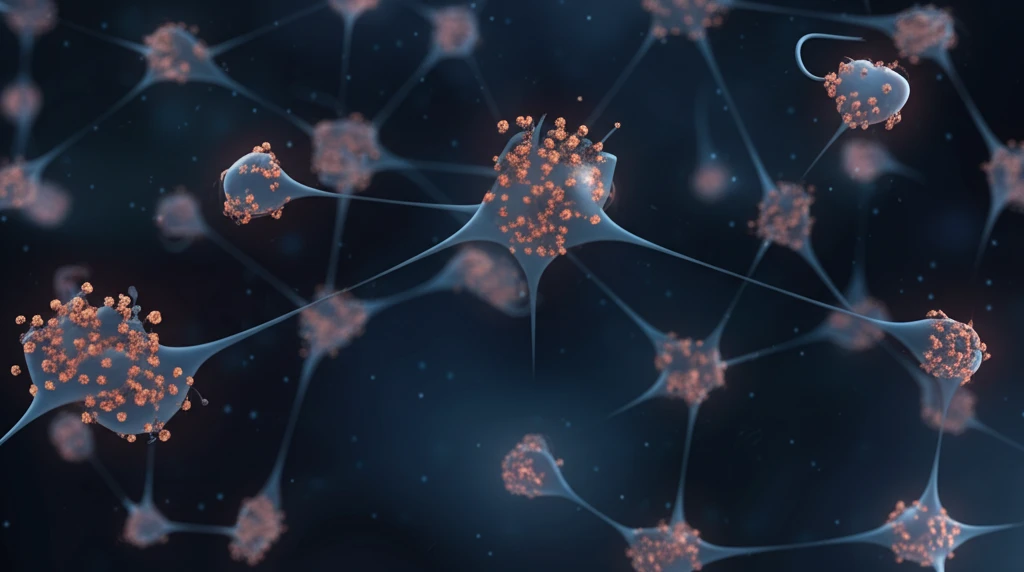
Decoding the Secret Language of Cells: How Protein Interactions Shape Life
"Unraveling the complexities of protein-protein interactions (PPIs) offers new insights into disease, drug discovery, and the very nature of life itself."
Imagine the cells in your body as bustling cities, each packed with millions of tiny workers called proteins. These proteins aren't just idly standing by; they're constantly interacting, forming complex networks that dictate everything from your metabolism to your immune response. These interactions, known as protein-protein interactions (PPIs), are the fundamental language of cells, and understanding them is key to understanding life itself.
For decades, scientists have been working to map these intricate networks, identifying which proteins interact with each other and how these interactions influence cellular processes. Traditional methods of studying PPIs are time-consuming and resource-intensive, making it difficult to get a complete picture of the interactome – the entire network of protein interactions within an organism.
But now, thanks to advances in computational biology and large-scale data analysis, researchers are developing new ways to predict and analyze PPIs. This article explores how these methods are revolutionizing our understanding of cellular function and opening new doors for drug discovery and personalized medicine.
Mapping the Interactome: New Tools, New Discoveries

The traditional approach to studying PPIs involves painstaking experiments to identify which proteins bind to each other under specific conditions. These experiments often provide valuable information, but they are limited in scale and can only capture a small fraction of the total number of PPIs in a cell. As the amount of available data grows, machine learning is used to predict and infer interactions. This allows scientists to create tools that can find millions of potential interactions.
- It can predict novel PPIs that have never been observed before.
- It can be applied to a wide range of organisms, including those that are less well-studied.
- It leverages the wealth of evolutionary information encoded in protein sequences.
The Future of PPI Research
As computational methods for predicting and analyzing PPIs continue to improve, we can expect to see even more exciting discoveries in the years to come. These discoveries will not only deepen our understanding of fundamental biological processes but also pave the way for new treatments for a wide range of diseases. By mapping the intricate networks of protein interactions within our cells, we are unlocking the secrets of life itself.
